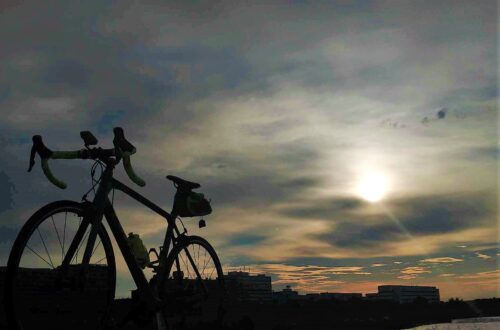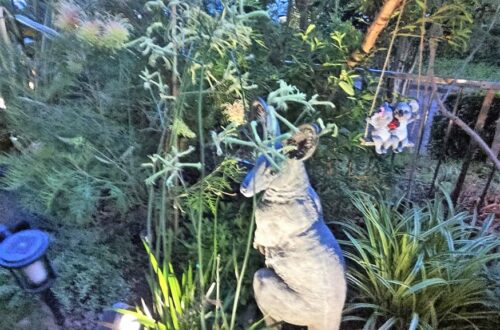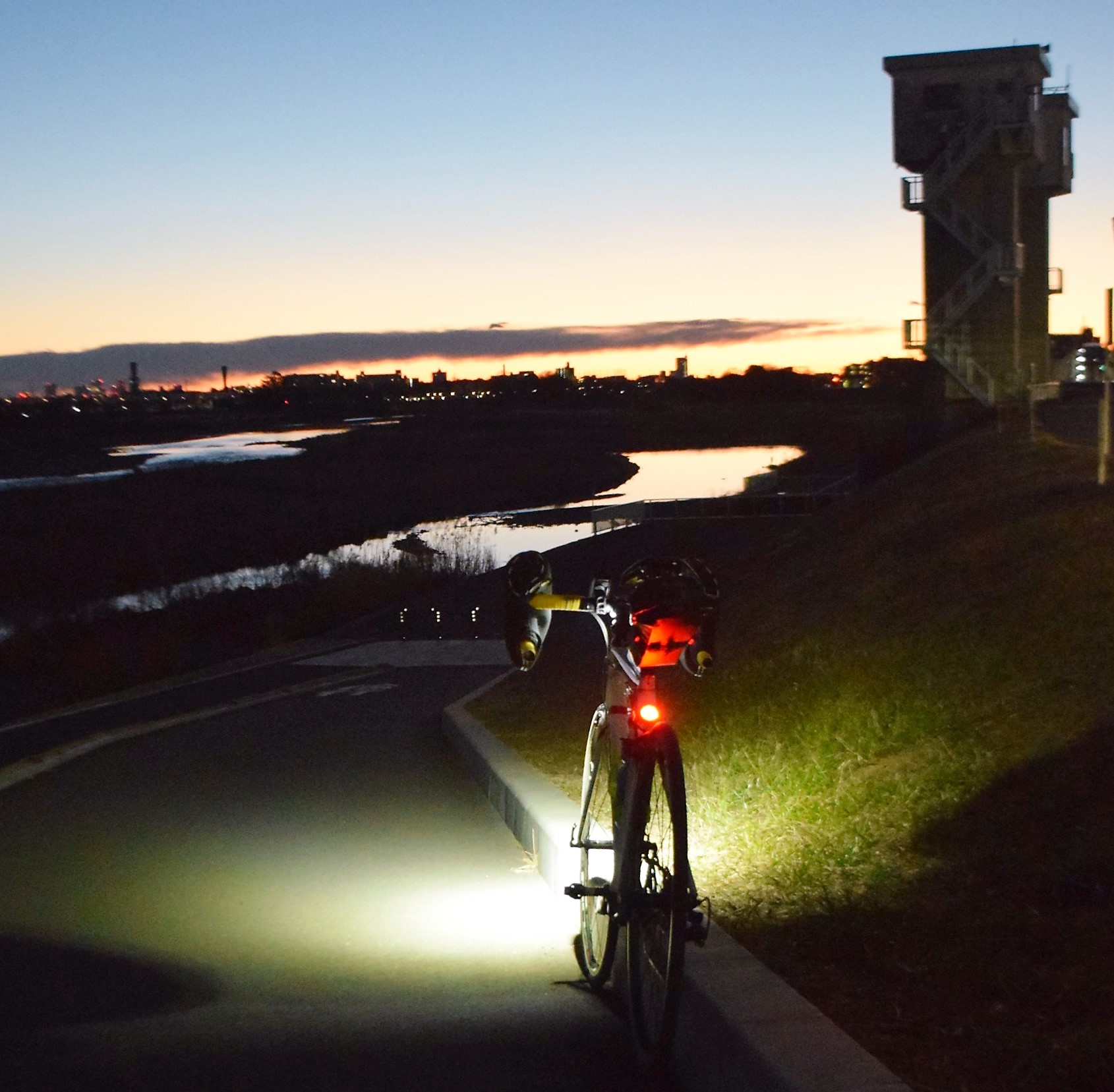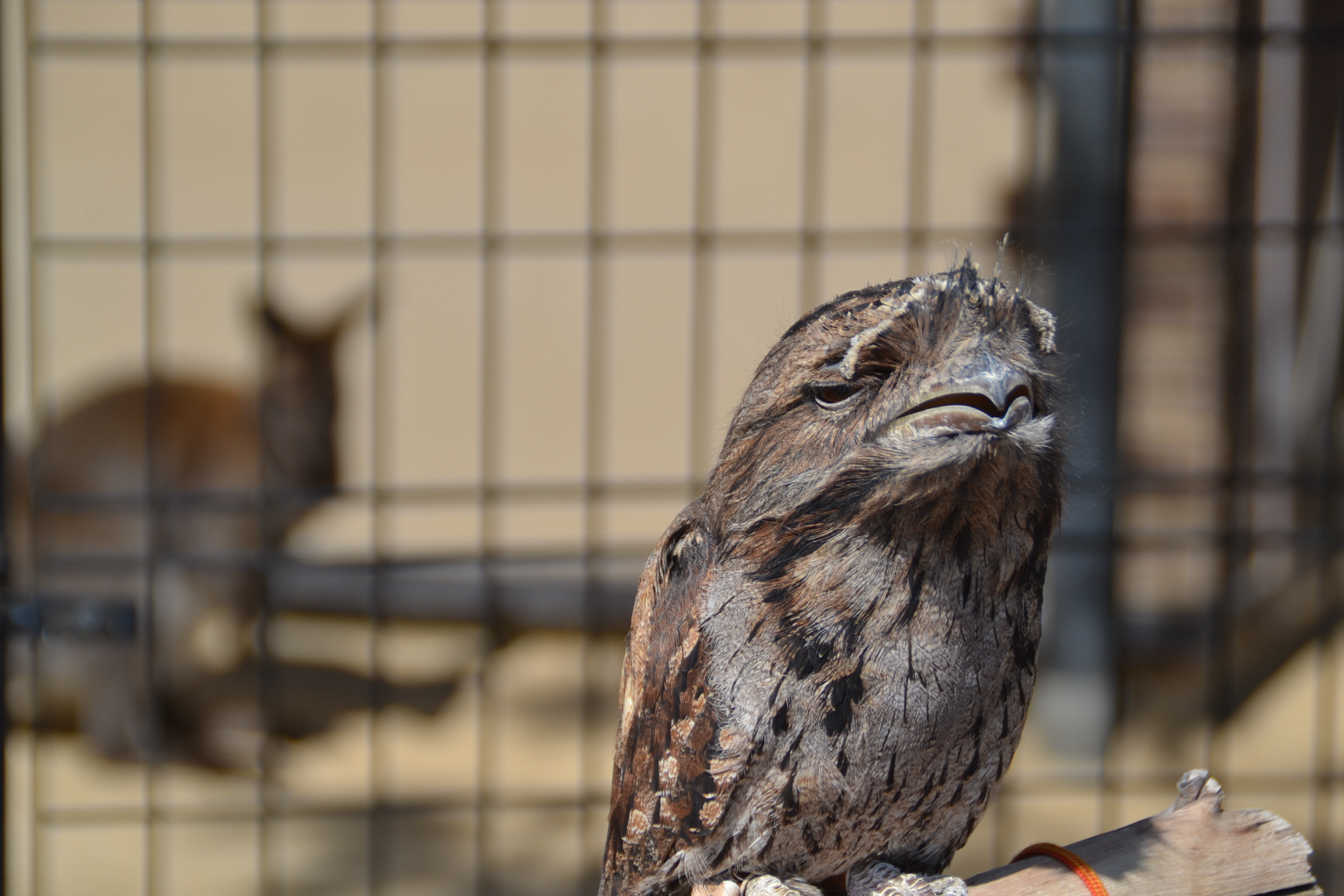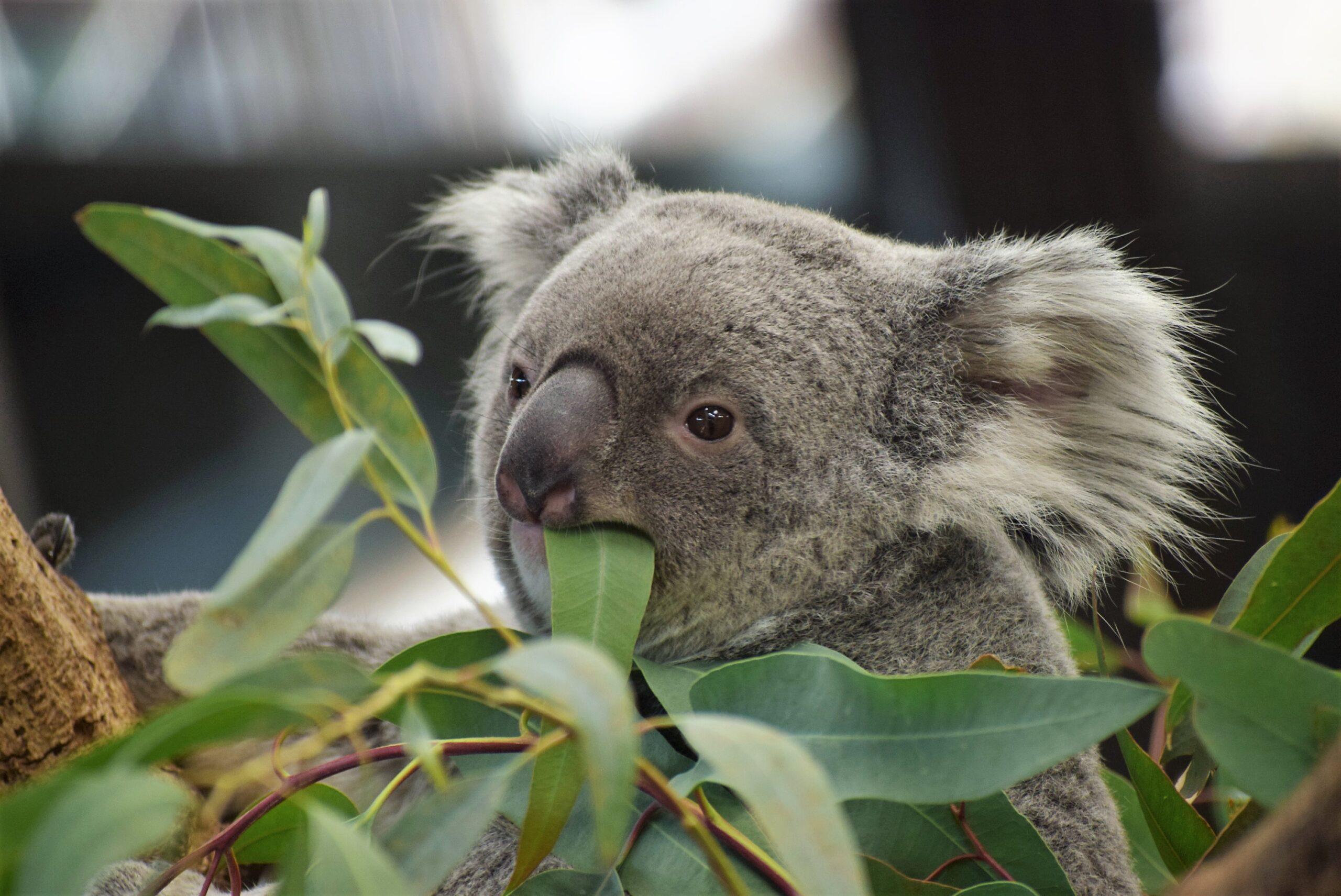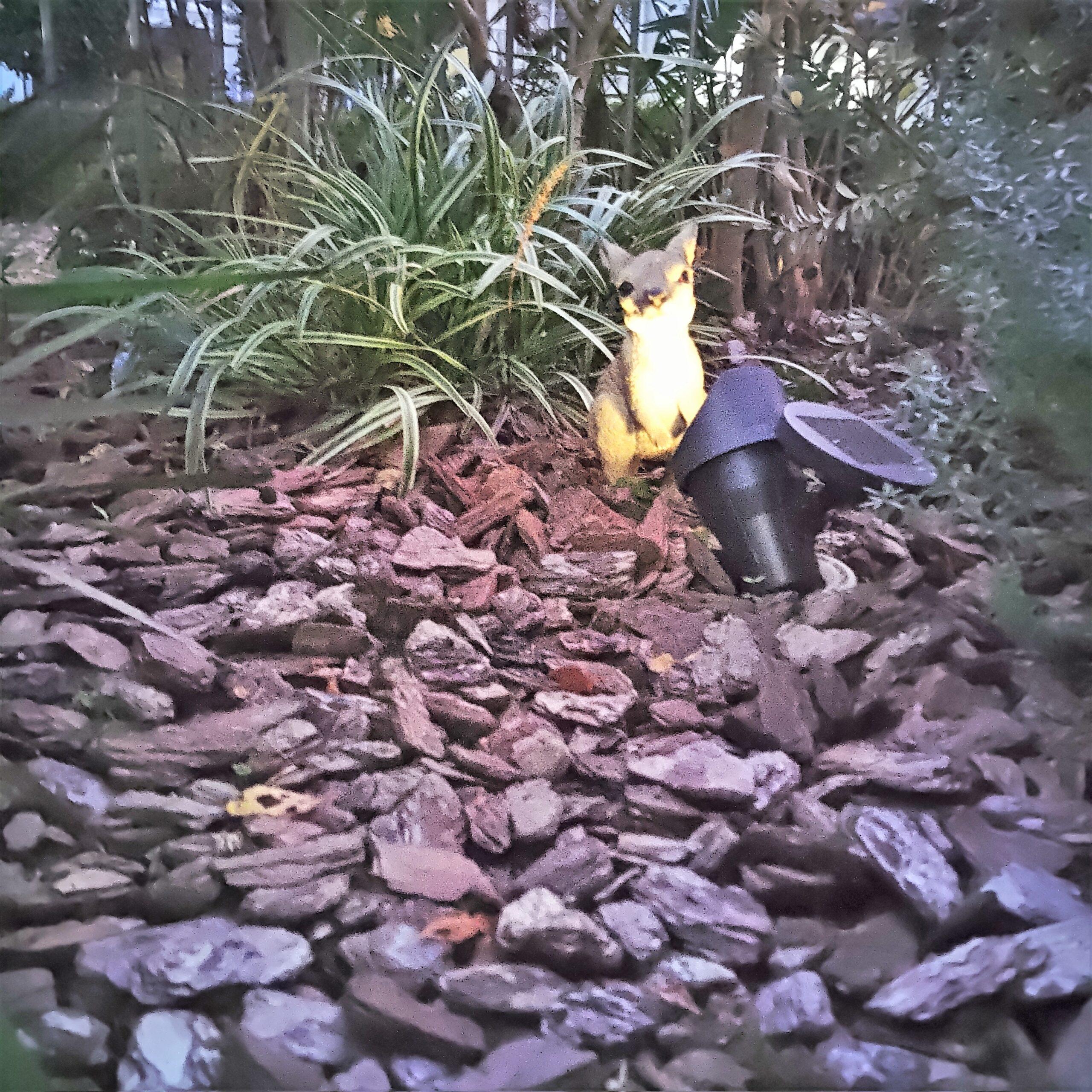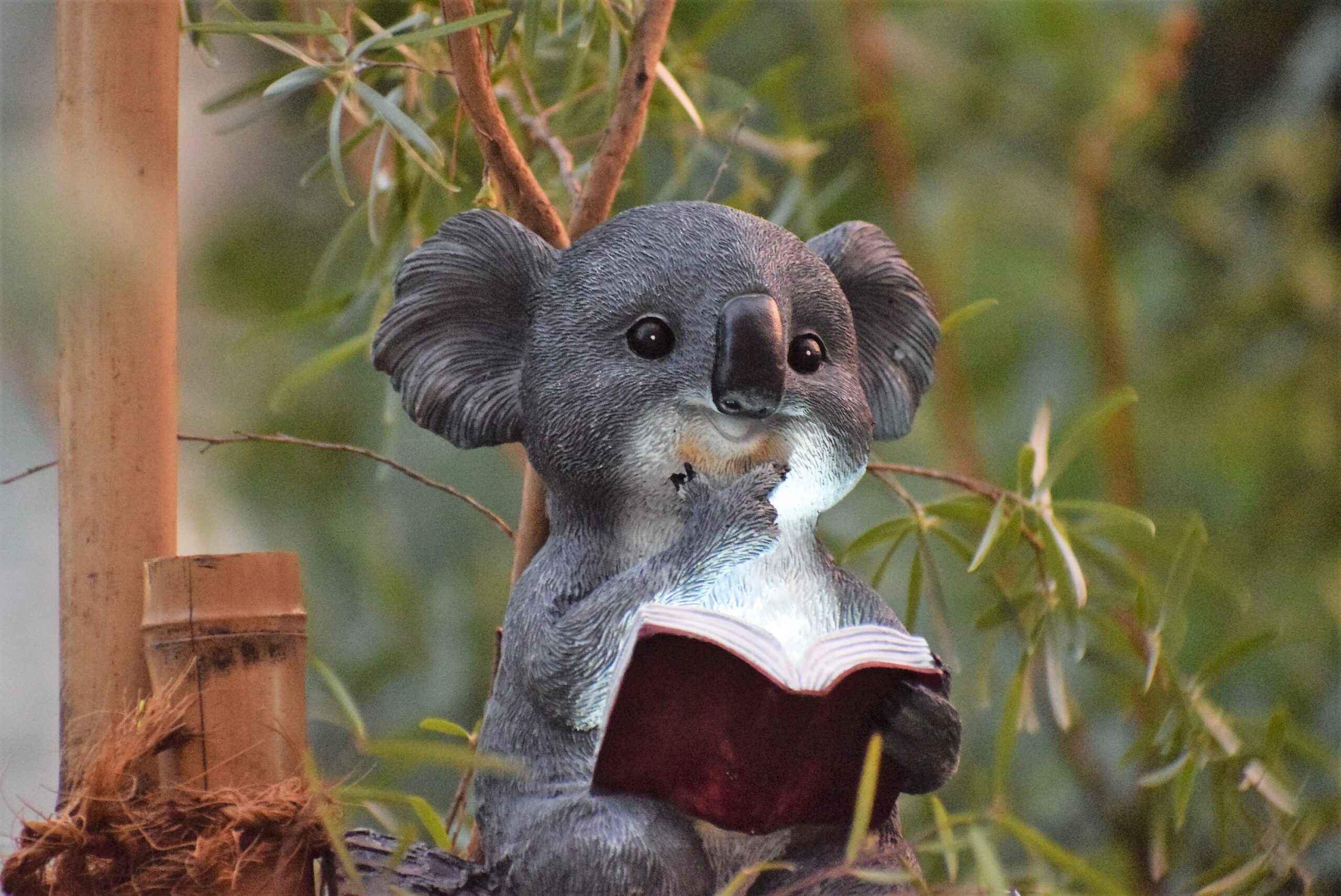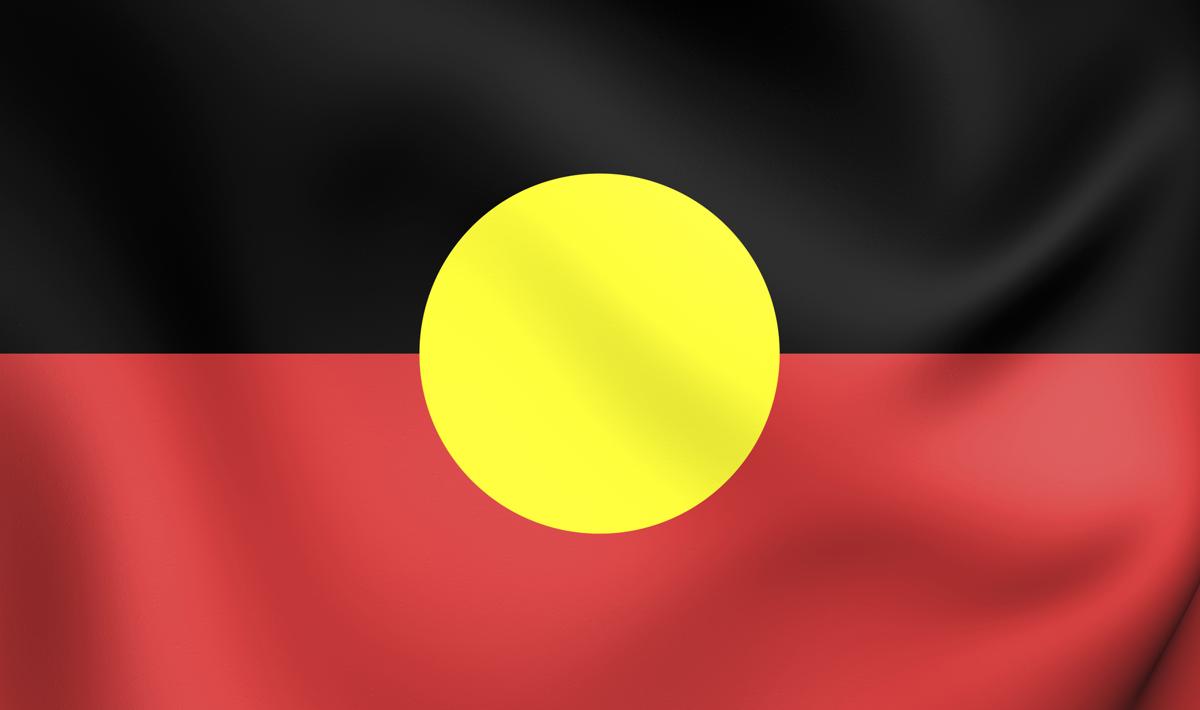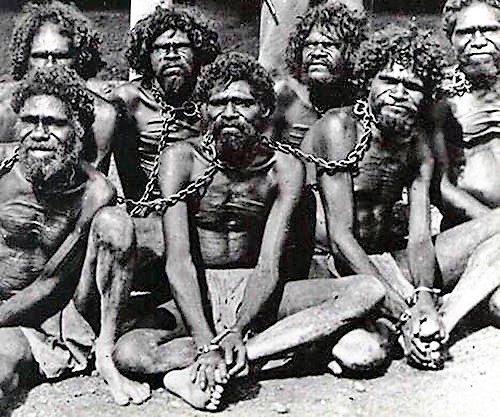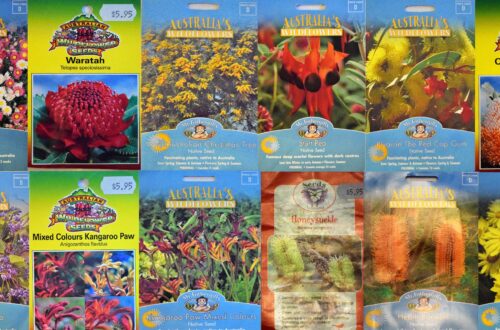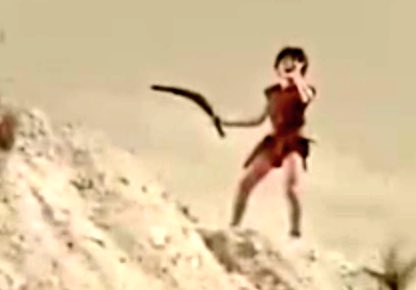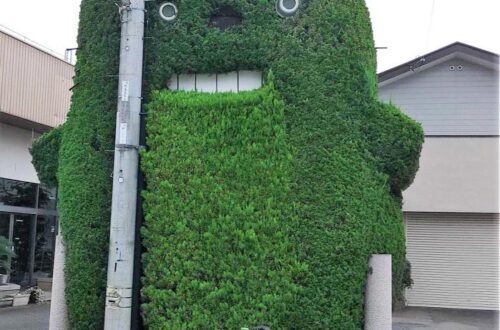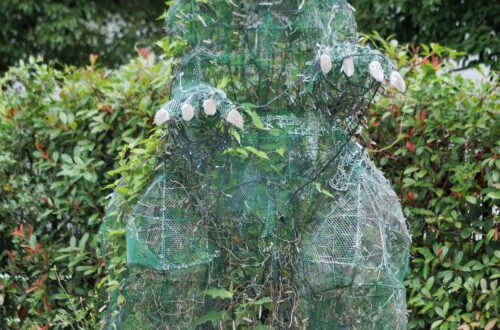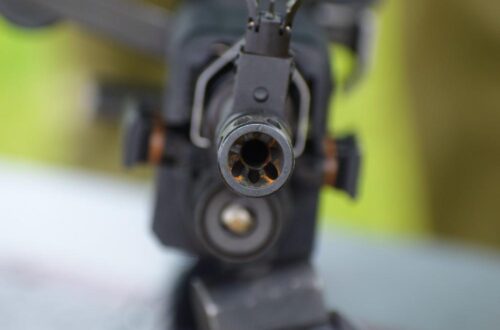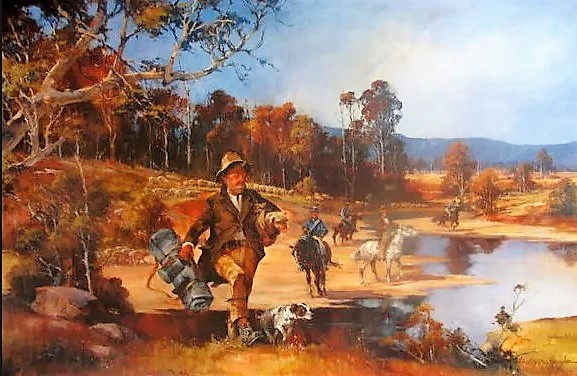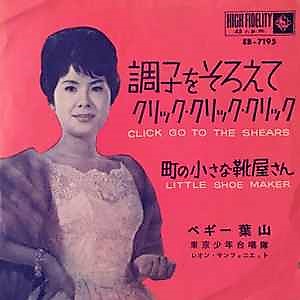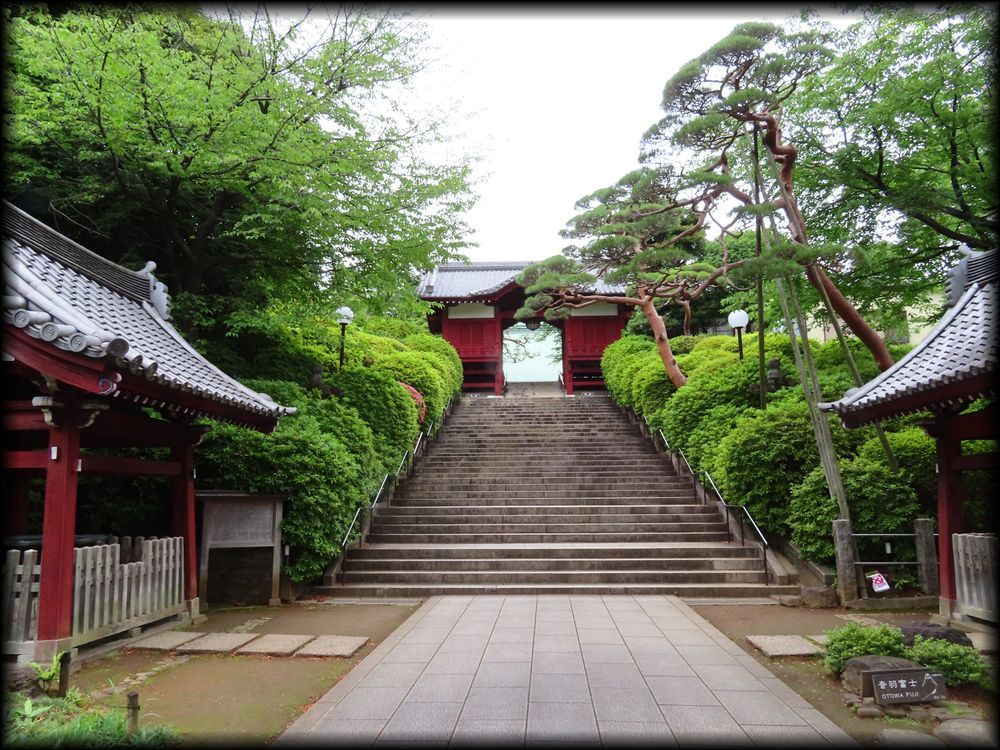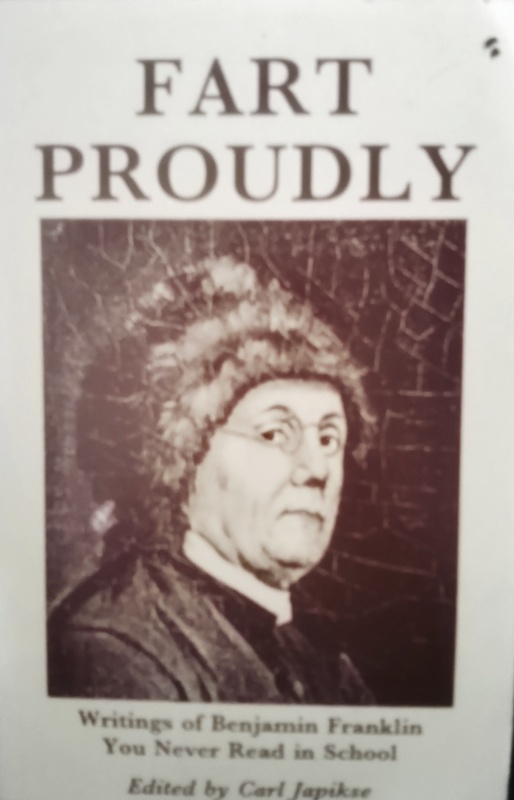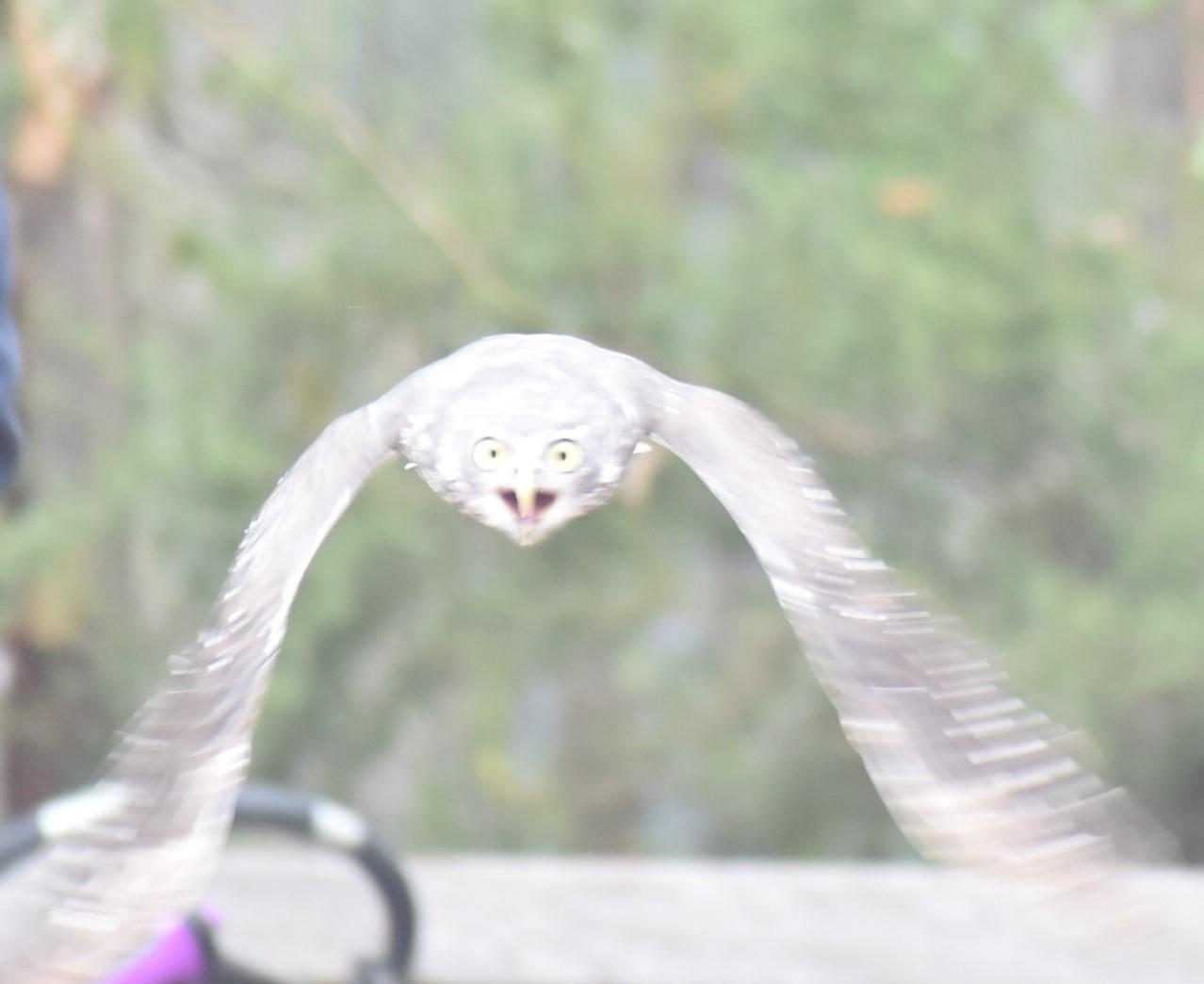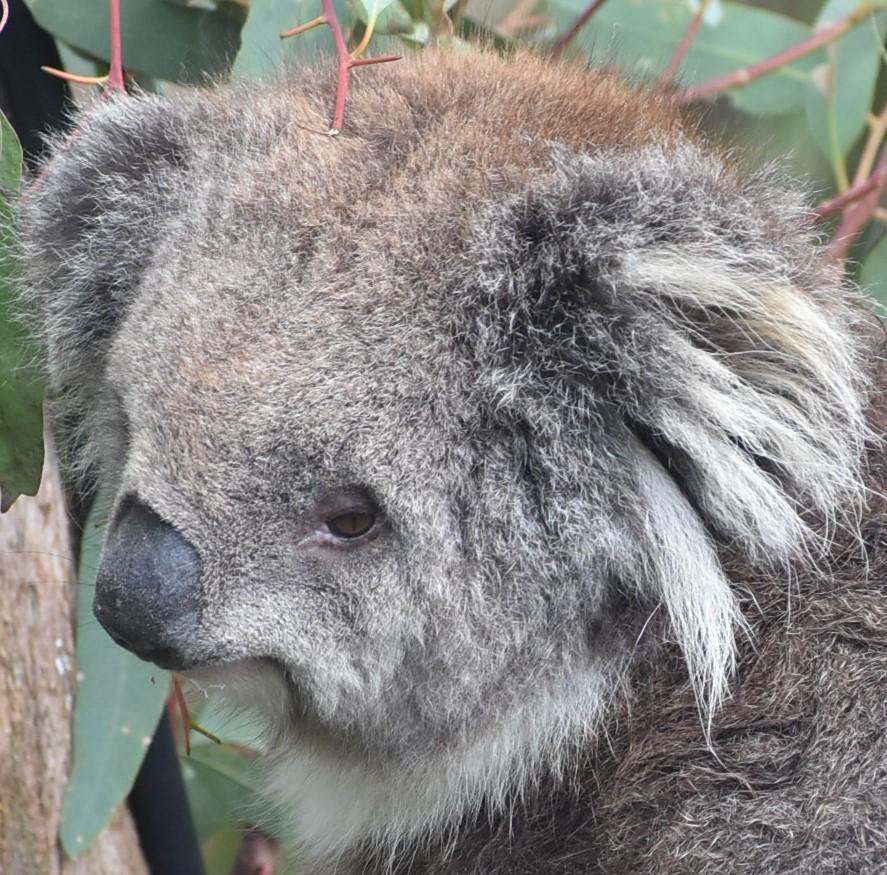Has Kangaeroo mentioned that he’s got a garden? And he loves it! Just in case he hasn’t, let me remind you again that Kangaeroo Corner is a little Aussie plants garden in comfy outer suburb of Tokyo. And playing a prominent role in that Aussie garden is the Fountain of Strewth. At first glance, there seems to be nothing untoward about the fountain (which is actually a bird bath with a solar-power water sprayer, but still….). Except, of course, that few Tokyo homes have a fountain. But this is a little special, and that’s where the strewth factor comes into…
-
-
Mornings can be hard to get up for, particularly in the cold and dark of winter. Yet, some things make it worth waking early for. Waking, then moving, can be a great way to start the day. It can get the body working and warmed up before the mind takes over, or even put the mind in a decent space. In Kangaeroo’s case, it’s handy. The mind is rarely friendly. Winter 2021-2 has not been particularly constructive. Moved to a home last year, renovations kept it dark….for three months. Work is not going well. Laid off three times in 2021.…
-
Winter is coming to the Kanto Plain, but 2019 still has a final flourish of beauty before the bleakness. A stroll around the Aoyama/Omotesando areas produced some late-autumn gems. Autumn 2019 has been a mixed bag in terms of weather. Terrible typhoons wreaked havoc on many areas in the Kanto region, but there have also been many delightfully sunny days. Kogarashi ichigo is the term used to describe the first north wind exceeding 32 kmph in a season and is a general indicator for the onset of winter. Winds have picked up this week, but not enough to qualify as…
-
Campbelltown, which is situated about 50 kilometers from Sydney’s central business district, were almost made for each other, even if only serving as satellite cities for their respective countries’ largest cities. Koshigaya and Campbelltown are Campbelltown Forest of Wild Birds in Koshigaya could arguably be one of the Kanto Plains areas best-kept secrets. Though only a small-scale park, the attraction is overall an excellent one as it gives a reasonably close view of some delightfully colorful (mostly) Australian birds in a fairly authentic aviary, the largest of its type in Japan. Surrounding the aviary are plenty of Campbelltown Forest of…
-
考えRooがオーストラリアについてプレゼンをしましたので、その内容が以下の通りとなりました。コメントなどをぜひ送ってください。 今のオーストラリアの概要 * オーストラリアはラテン語で「南大陸」という意味 * 本土に加えてタスマニア島を含め数多くの島々で構成、面積はおよそ770万㎢であり、日本の約25倍ある * GDPが世界19位、一人当たりのGDPは世界9位 * 人口が2500万人弱、日本の約5分の1 * 住民の80%以上がヨーロッパ系の白人であり、その他にアジア人が約12%、先住民などが約2% * ヨーロッパ人在住が1788年から始まり、イギリスの刑務植民地として開拓された * 当時、イギリス法はオーストラリアを「無人」扱いだったが、先住民がそこですでに数万年間住んでいた オーストラリア先住民 * 昔、「アボリジニ 」として呼ばれた * まだ使われているが、「土人」という意味なので「先住民」、「原住民」、「ファースト・ネーションズ」や特定部族名を使うことが主流 * 先住民の定義は、植民地化以前にトレス海峡諸島民を含めてオーストラリア大陸及び周辺諸島に移住した人の子孫 * 現在、援助対象の場合を除き「先住民」認可は基本的に自己申告 * 植民地化当時人口が約300万人とされているが、今の先住民人口は約65万人であり、全体のおよそ2.8% ドリーミング * 先住民の宗教にあたるのは「ドリーミング、夢の時」 * 個人のすべての過去と現在と未来がつながっていると信じる * 各個人のドリーミングが違い、独特なものである * 部族の象徴でも、習慣でもドリーミングになる * 全ての知識が先祖から集まると信じる * 死後、名前を使用することが禁じられている * 死後、再び土と一緒になると信じる * 宗教同様、多くの神話が部族によって異なった * 共通神話が「虹蛇」 * 虹蛇が創造神話の中心となっている、世界を創ったとされている * 全てのものが土と一緒になるため聖地が多い * 有名な例がウルル(エアーズロック)。聖地であるため、最近、2019年から登山禁止されることが発表 コロボリー * 踊り、音楽、仮装でドリーミングと交流する儀式 * 参加者が体に絵を描く * 原則として誰でも参加できるが女性などが禁止されたコロボリーもあった アボリジナル旗 * アボリジナル旗は先住民族の旗であり、オーストラリアの公式な国旗の一つ * 1971年にハロールド・トーマス(Harold Thomas)によってデザインされた * 黒は、先住民族の黒い肌の色を表す * 赤はオーストラリアの土の色であり、過去も未来を表す * 黄色い丸は生命源である太陽を表す 先住民部族 * 元々先住民は600以上の部族があった * 各部族に特有文化及び言語があった * 先住民言語の多くは絶滅したが、未だに120種類以上が使われている * ほとんどの先住民が英語を母国語としている * オーストラリア・アボリジニ英語が出来た 世界最長継続文化 * 先住民がオーストラリア到来以降狩猟採集社会となった * 未だに狩猟採集社会が北部のアーネム半島を中心に継続している * 継続している文化で世界で最も最長となっている * 最後の未接触部族が1984年にオーストラリア中央部にて発見された * 先住民のほとんどが遊牧民族 * ほんの一部を除けば、入植当時農業がほとんどなかった * 「領土」の感覚がなくて、部族の行動範囲がだいたい決まっても「所有」という感覚がなかった * 部族内戦争が多発したが、目的が主に限られた食資源と部族外女性を取るため…
-
Shinzo Abe addresses the Australian Parliament at Parliament House, Canberra, on July 8, 2014. He was the first Japanese prime minister to address both house of parliament. Related posts: 2014年豪訪問中の安倍総理・アボット豪首相の共同記者会見 Hungover Australian PM Lauds Australia-Japan Relations Harbor City Coathangered! Sydney Opera House Among World Heritage List’s ‘Three Great Disappointments’ 豪首相、野党党首、閣僚など選挙活動中パブ・バンドのPVに出演 Powered by YARPP.
-
Shinzo Abe addressed the Australian Parliament at Parliament House, Canberra, on July 8, 2014. He was the first Japanese prime minister to address both house of parliament. He gave a joint news conference with Australian Prime MInister Tony Abbott following the address. Related posts: 豪首相、野党党首、閣僚など選挙活動中パブ・バンドのPVに出演 Hungover Australian PM Lauds Australia-Japan Relations Harbor City Coathangered! Sydney Opera House Among World Heritage List’s ‘Three Great Disappointments’ 憎むのが大好きだった「反豪」豪州人の最後の別れ Powered by YARPP.
-
Colorful Japanese entertainer Kyary Pyamu Pyamu will play one show in Australia later this month as part of her Nanda Collection World Tour 2014. Demand to see the performer probably best known for her flamboyant 2011 viral video “Pon Pon Pon” has been enormous and her only Australian show on March 23 was shifted from Sydney’s Metro Theater to the considerably larger UNSW Roundhouse. The often infantile 21-year-old whose full stage name is Caroline Charonplop Kyary Pamyu Pamyu (her real name is Kiriko Takemura) is currently among the best-selling contemporary performers and is easily Japan’s best-known singer among 20-somethings outside…
-
Kaura no Hancho Kaigi (Honchos’ Meeting in Cowra) superbly dramatizes events surrounding a definitive incident in Australia-Japan relations. The play being performed by the Rinkogun theater group daily until March 24 (with two shows on March 19 and 21) centers on the Cowra Breakout, an attempted escape by about 550 Japanese prisoners of war being held in an Australian POW camp in August 1944. Interwoven with the action surrounding the decision to rebel and attempt to escape or die trying by a group of men whose own homeland had effectively killed them by bureaucracy and cultural manipulation is a tale…
-
Dec. 25, the original date of this post, is Christmas Day, but Christmas also gives its name to an island with a little-known — and bizarre — role in Australia-Japan relations. 元々この記事がアップされた12月25日は、クリスマスの日だが、「クリスマス」も知られざる日豪歴史の不思議な面白いエピソードに関わった島にも使われている。 An Australian territory, Christmas Island was with Nauru and parts of New Guinea parts of Australian-governed lands the Japanese occupied during World War II. クリスマス島は、第二次世界大戦中ナウル、ニューギニアの一部に次ぐ大日本帝国海軍に占領されたオーストラリア領土だった。 There’s an interesting tale behind Japan’s wartime occupation of Christmas Island, though. そして、大日本帝国海軍のクリスマス島占領について面白いハプニングがあった。 It was long thought the island would be targeted because of its rich phosphate deposits. Indeed, the Imperial Japanese Navy headed to the island in March 1942. The Allied troops…


